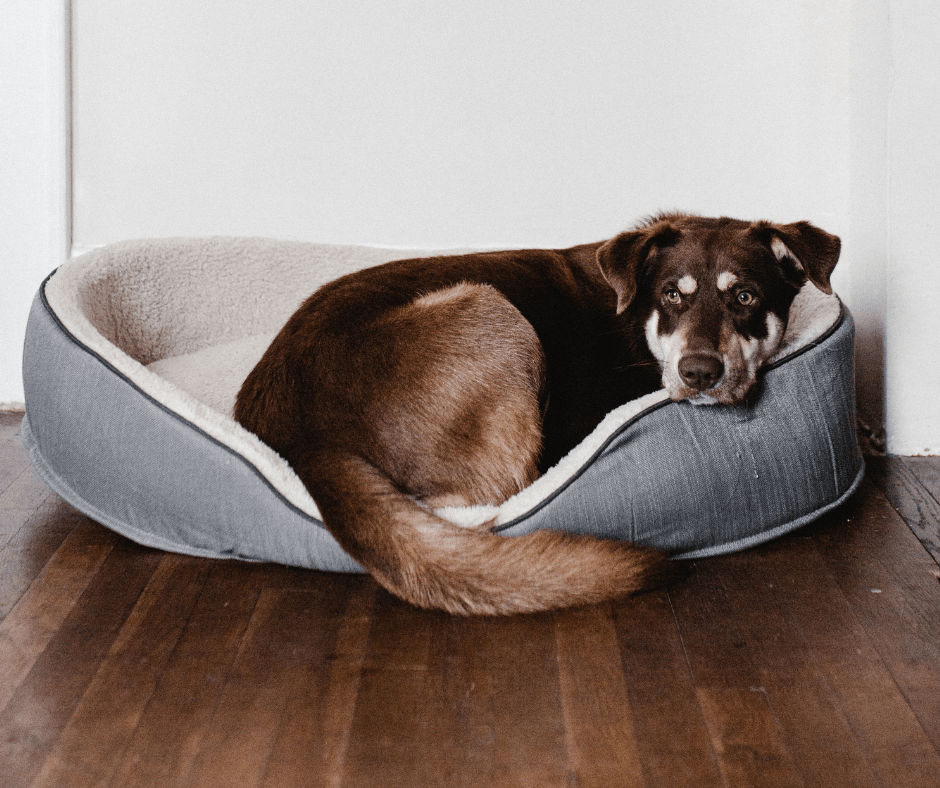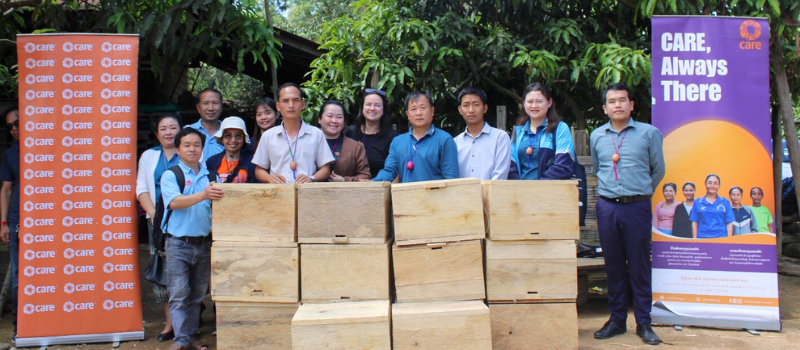*We are currently working to see how we can best support Behchokǫ̀, NWT, where we have an upcoming clinic. There is currently a wildfire evacuation order and we expect they will need additional resources. Please consider making a donation.
As wildfires become increasingly common across the globe, including across northern Canada where VWB/VSF teams are currently operating, it's essential to have a well-thought-out plan to safeguard your non-human companions. Many of our dogs, cats, and more, are cherished members of our families, and considering their safety during wildfire season is an important step in keeping everyone safe.

Here are nine tips for keeping your pets safe during wildfires:
1. Create an emergency evacuation plan: Before wildfires strike, devise an emergency evacuation plan that includes your pets. Identify pet-friendly evacuation shelters, animal boarding facilities, or even friends and family who can accommodate your pets, if necessary. Keep a list of contact numbers and addresses readily available in case you need to evacuate quickly. Ensure you have pet carriers, harnesses, and leashes ready to go.
2. Assemble a pet emergency kit: Prepare a dedicated pet emergency kit containing essential items to sustain your pets during evacuation and for a few days afterward. This could include things like:
- 3. Sufficient food and water: Keep at least a week's worth of pet food and bottled water.
- 4. Medications: Keep a supply of your pets' medications, along with any relevant medical records.
5. Identification: Ensure your pets wear collars with up-to-date ID tags or have them microchipped, enabling easy identification if you get separated.
6. Comfort items: Pack familiar toys or blankets to provide comfort and reduce anxiety.
7. Keep your pets indoors and monitor air quality: As wildfires approach, keep your pets indoors to protect them from smoke and hazardous particles in the air. Ensure your pets have access to fresh water at all times to keep them well hydrated. Remember: if it’s difficult for a human to breathe, it will also be difficult for your pets. Close all windows and doors to minimize the smoke's infiltration and use air purifiers if available. Monitor air quality using official sources or apps to determine when it is safe to take your pets outside for bathroom breaks.
8. Create a safe space at home: Designate a safe room within your home where your pets can stay during the wildfire event. Choose a room with no windows or external walls if possible, and make sure it is free from any potential hazards. Place their emergency kit and some familiar items in the safe space to provide comfort. Additionally, keep your pets away from potential escape routes, such as doggy doors, as panicked animals may try to flee and become disoriented.
9. Stay informed and be prepared: Stay informed about the wildfire's status through reliable sources, such as local authorities. Pay attention to evacuation orders and be prepared to act quickly if the situation escalates. Remain calm around your pets, as they can sense anxiety and stress.
By planning ahead, creating evacuation strategies, and preparing emergency kits, you can minimize the risks and keep your beloved companions safe during these challenging times. Remember to stay informed, stay calm, and prioritize the well-being of your pets alongside your family's safety. With the right precautions and care, you can help your furry friends weather the wildfire season with greater ease and security.
Learn more about VWB/VSF's work across Canada's North.



